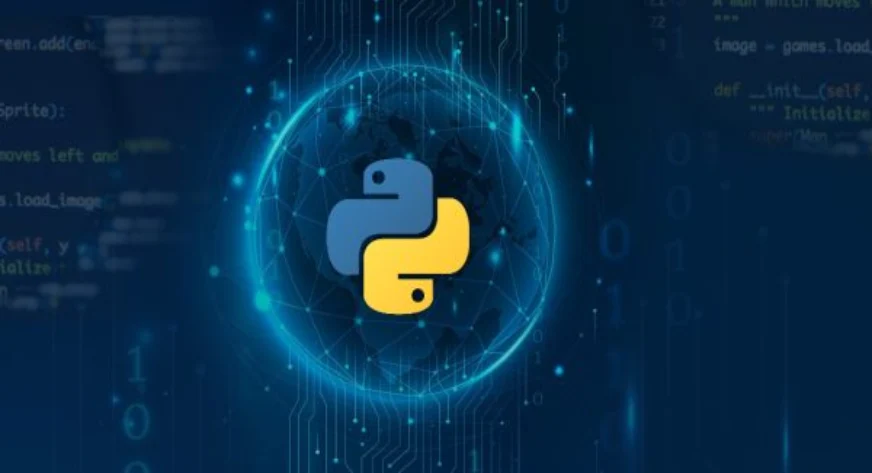
In mathematical computing and scientific programming, clear and precise representation of functions is essential. While LaTeX is widely used for formatting mathematical expressions, manually writing equations can be time-consuming. The latexify-py library offers a solution by automatically converting Python functions into LaTeX-formatted expressions. This functionality enhances both readability and documentation by providing a structured and visually coherent representation of mathematical operations.
Setting the Stage: Installing latexify-py
Before we embark on this fusion of code and creative math, let’s install the package:
!pip install latexify-pyThis package allows us to convert Python functions into LaTeX-rendered equations with minimal effort. Once installed, we can wield its power to transform our mathematical expressions into readable and presentable formulas.
The Quadratic Conundrum
Consider the following Python function:
import math
import latexify
@latexify.function
def solve(a, b, c):
return (-b + math.sqrt(b**4 - 4*a*c)) / (2*a)At first glance, this might look like an attempt to solve a quadratic equation, but if you examine the discriminant—b**4 – 4*a*c—you’ll notice something peculiar. Typically, quadratic equations use b**2 – 4*a*c, but here we see b**4. This deviation leads to an entirely different mathematical formulation!
Output

You can try it with other equations also.
Breaking It Down: What Happens Here?
- Annotation Magic: The @latexify.function decorator takes the function definition and generates a corresponding LaTeX string.
- Mathematical Clarity: Instead of reading through lines of code, you now get a crisp mathematical formula.
- Automated Expression Generation: No need to manually write LaTeX. Python does it for you!
The Output: A Symphony of Symbols
Once executed, solve is no longer just a Python function—it becomes a beautifully formatted equation:

This transformation is invaluable when working in interdisciplinary domains, where mathematical expression needs to be as clear as the logic behind it.
Why Should You Care?
- Bridging Code and LaTeX: No more manually formatting mathematical expressions—your Python functions can do it for you.
- Tech Meets Creativity: Code isn’t just about logic; it’s about how we communicate that logic.
- Improved Documentation: Whether you’re writing a research paper or a tech blog, having LaTeX-ready formulas at your disposal is a game-changer.
Where Can This Be Used?
- Mathematical Documentation – If you’re writing research papers or technical documentation, latexify-py helps maintain clarity.
- Educational Purposes – Great for educators who want to quickly generate equations from Python scripts.
- Debugging & Verification – Helps visualize equations and verify their correctness before implementing them in code.
A Creative Leap: What’s Next?
With latexify-py, the possibilities extend beyond simple mathematical functions. Imagine combining it with libraries like SymPy for symbolic computation or integrating it into Jupyter notebooks for interactive math-based coding sessions. The horizon of merging technology with expressive mathematical notation is expanding—one equation at a time.
Conclusion
Technology and computational tools are often viewed separately from presentation and aesthetics. However, latexify-py demonstrates that they can complement each other effectively. This library converts Python functions into properly formatted LaTeX mathematical expressions, enhancing both readability and documentation.
For researchers, students, and developers, latexify-py provides a convenient way to generate professional-quality mathematical representations directly from Python scripts. Instead of manually formatting equations, users can focus on the logic while the tool ensures clear and precise LaTeX output.
By integrating latexify-py into mathematical computing workflows, users can improve both the clarity and presentation of their work efficiently.
Login to continue reading and enjoy expert-curated content.






![10 Must-Try Prompts on Grok 4 [+ Bonus Free Access]](https://som2nynetwork.com/wp-content/uploads/2025/07/10-prompts-to-try-with-Grok-4.webp-336x220.webp)
